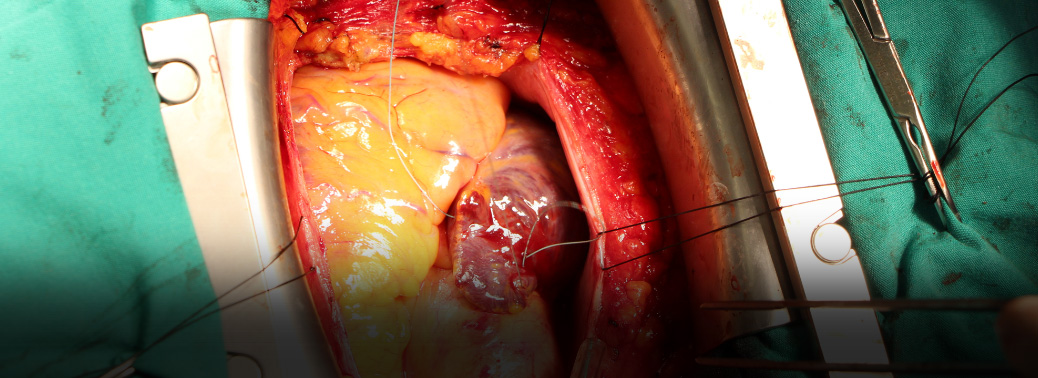A viable alternative to open-heart surgery
18, Mar 2019

The open heart surgery is a daring one to replace a failing heart valve where the cardiologists insert a mechanical replacement through a patient’s groin and thread it all the way to the heart, manoeuvring it into the site of the old valve.
The procedure, called transcatheter aortic valve replacement (TAVR), has been reserved mostly for patients so old and sick they might not survive open-heart surgery. Now, two large clinical trials show that TAVR is just as useful in younger and healthier patients.
About Transcatheter Aortic Valve Rreplacement (TAVR)
Percutaneous aortic valve replacement (PAVR), also known as transcatheter aortic valve implantation (TAVI) or transcatheter aortic valve replacement (TAVR), is the replacement of the aortic valve of the heart through the blood vessels (as opposed to valve replacement by open heart surgery).
The replacement valve is delivered via one of several access methods:
- Transfemoral (in the upper leg),
- Transapical (through the wall of the heart), subclavian (beneath the collar bone),
- Direct aortic (through a minimally invasive surgical incision into the aorta), and
- Transcaval (from a temporary hole in the aorta near the belly button through a vein in the upper leg), among others.






